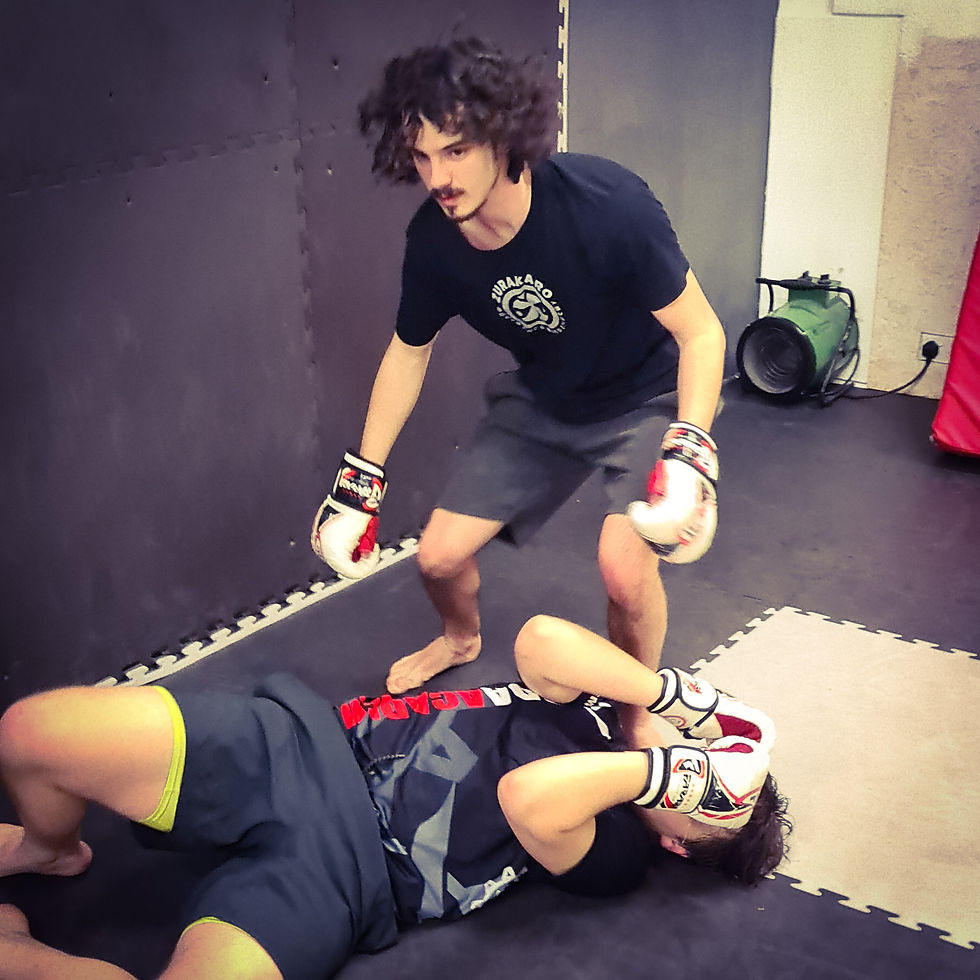Self-Defence Techniques Everyone Should Know
- combineddefensivea
- Feb 21, 2024
- 3 min read
In a world that often feels unpredictable, the ability to defend yourself is an invaluable skill. Self-defence is not just about having the strength or skill to repel an attacker; it's about having the knowledge and confidence to protect yourself in any situation. At Combined Defensive Arts (CDA), we believe that everyone, regardless of age, gender, or physical ability, can learn essential self-defence techniques. Here, we highlight crucial skills that can give you confidence to stand your ground in threatening situations.
Situational Awareness: The First Line of Defence
Before diving into physical techniques, it's vital to stress the importance of situational awareness. Being aware to your environment and the behaviour of those around you is your first line of defence. Recognizing potential threats before they escalate allows you to avoid dangerous situations whenever possible. At CDA, we teach our students to be observant and to trust their instincts, making sure they’d be prepared before any situation can arise.
The Power of Voice: Verbal Defence
Often looked over, the power of a firm, loud voice can deter many potential attackers. Verbal self-defence techniques involve clearly and assertively communicating your boundaries or calling for help. This can be as simple as loudly stating "Back off!" to assert your space. In our classes, we stress the importance of voice as a tool for self-defence, demonstrating how to project confidence through speech.
The Art of Escaping Grabs
One of the most common forms of assault involves an attacker trying to grab or hold you. Knowing how to break free from different types of grips (wrist, arm, neck) is essential. Techniques such as the wrist release, taught by Head Instructor Lee, use leverage and timing rather than brute strength, making them effective for attackers of all sizes.
Striking Techniques That Make an Impact
While we always advocate for avoiding violence whenever possible, there are times when striking becomes necessary to ensure your safety. Key points like the eyes, nose, throat, and groin are vulnerable on any attacker, regardless of their size. Techniques such as palm strikes, elbow strikes, and knee kicks can be highly effective when executed correctly. CDA focuses on teaching these techniques to be used responsibly and only when they are necessary.

The Importance of Ground Defence
Many people don’t like the idea of ending up on the ground during an attack. Understanding basic ground defence techniques can significantly reduce this fear. Learning how to protect your vital organs, break a fall, and get back to your feet quickly are skills that can turn a dangerous position into a manageable one.
Integrating Self-Defence into Daily Life
At CDA, we emphasize that self-defence training is not just for the academy—it's for life. Integrating these techniques into your daily routine, practicing them mentally and physically, ensures that you're prepared for anything. Our program is designed to make self-defence a natural part of your reaction to threats, giving you the confidence to navigate the world safely.
Empowerment Through Education
Learning self-defence is an empowering journey. It's about more than just the physical skills; it's about growing the confidence to protect yourself and those around you in any situation. At Combined Defensive Arts, our mission is to give you the practical and effective self-defence techniques while creating a community where everyone grows and learns from each other.
Today, self-defence is an essential skill set that everyone should have. By focusing on situational awareness, verbal defence, escape techniques, effective striking, and ground defence, CDA prepares individuals to face the world with confidence. Remember, the goal of self-defence is not to fight, but to survive and face challenge with confidence.



Comments